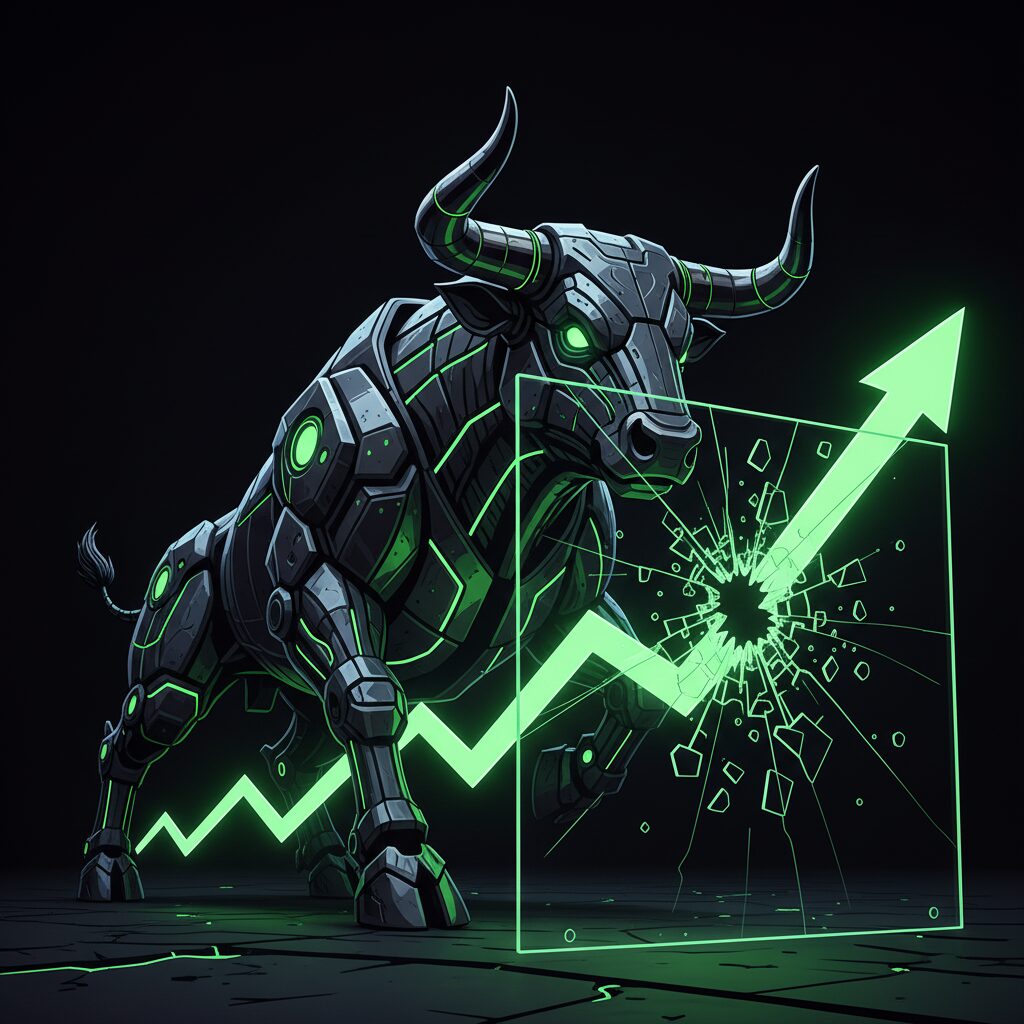Why High ‘At-Loss’ Supply for Major Cryptos May Be Misleading

Locked Holdings Skew On-Chain Data
Recent on-chain data indicates that a significant percentage of the circulating supply for Bitcoin (BTC), Ether (ETH), and Solana (SOL) is being held at an unrealized loss. While these figures might suggest mounting pressure for a market downturn, a closer analysis reveals that the actual liquid supply facing this pressure is much smaller than the headline numbers imply.
The discrepancy is particularly clear for Ether and Solana. A substantial portion of the supply held at a loss is not readily available for trading. Over 40% of the ETH in this category is locked in staking protocols or held within Exchange-Traded Funds (ETFs). For Solana, the effect is even more dramatic, with over 75% of its at-loss supply secured in staking or held as strategic reserves, effectively removing it from the open market.
Bitcoin currently shows 35% of its supply at a loss, a level last seen when BTC was trading near $27,000. However, this raw percentage overlooks two key factors: large institutional holdings with long-term investment horizons and the considerable amount of BTC believed to be permanently lost. When these illiquid coins are factored out, the true float of Bitcoin available to be sold at a loss is significantly reduced.
Neura Co-Founder on Why Digital Dollars Need Their Own Infrastructure
Stablecoins have emerged as a cornerstone of the digital economy, offering a practical way to hold and transfer dollar-linked value on-chain. Yet, as their popularity grows, so do the limitations of the infrastructure they run on. According to Arsalan Evini, co-founder and CEO of Neura, a new layer-1 blockchain, the lack of custom-designed rails, fragmented liquidity, and centralization risks are hindering the global adoption of these crucial assets.
Neura aims to solve these problems by treating stablecoins not as an afterthought, but as the fundamental building block of its network. The project is designed to provide a neutral, specialized environment where stablecoin transactions can settle reliably and at scale.
The Macro Trends Driving Stablecoin Demand
Evini sees stablecoins and Decentralized Finance (DeFi) on a clear path toward the mass consumer market, driven by improved user experiences and evolving regulations. He notes that this trend is fueled by a global search for stability and alternative sources of income.
“The trend is driven by those seeking safety from volatility, whether it stems from their home nation’s hyperinflated currency or the volatility of other digital assets,” Evini explained. He also pointed to the advantages stablecoins offer over traditional payment systems and the continuous hunt for yield, which DeFi provides.
This raises a critical question about the future of finance: what infrastructure will support this massive influx of transactions? While some believe it will be existing public blockchains or new networks created by traditional finance institutions, Neura is betting on a third way—an independent, sovereign system built specifically for stablecoins and DeFi.
Identifying the Technical and Economic Blockers
Despite their growth, stablecoins are running on rails that weren’t designed for their specific needs. Evini argues that most public blockchains, which must handle everything from NFTs to memecoins, are ill-suited for the demands of serious financial flows.
“Performance swings constantly, fees can spike without warning, and finality isn’t predictable enough,” he said. This unreliability is a major hurdle for financial applications that require consistency.
Furthermore, liquidity is scattered across different issuers and networks, creating silos that prevent a seamless ecosystem. Evini also cautions against recent corporate efforts to launch proprietary stablecoin chains, which he believes risk recreating the very problems crypto was meant to solve, such as centralized control and opaque rules. These systems, he warns, could have their rails “paused, reversed, or altered at whim.”
This points to a clear gap in the market: a missing layer of infrastructure engineered specifically for stablecoins, not retrofitted around them. According to Evini, a purpose-built, sovereign stack like Neura is the natural solution to fill that gap.










